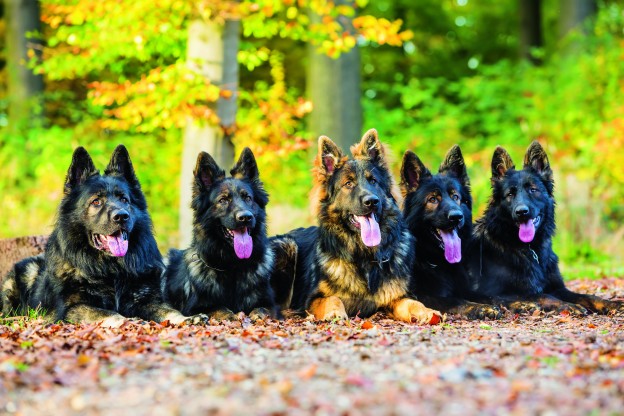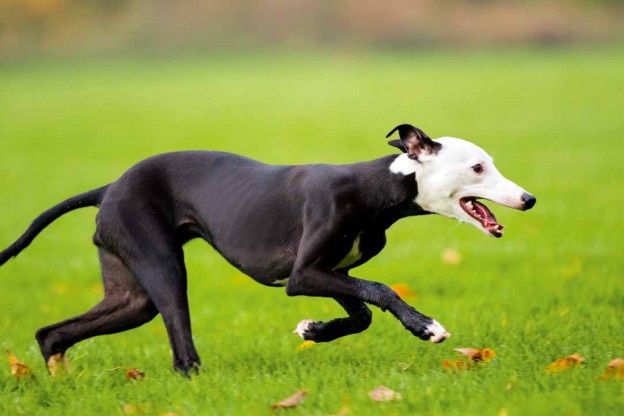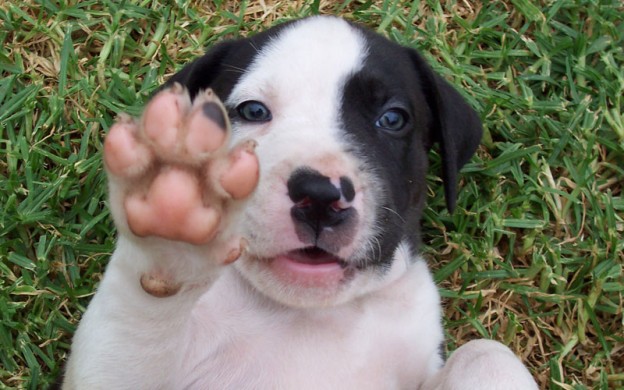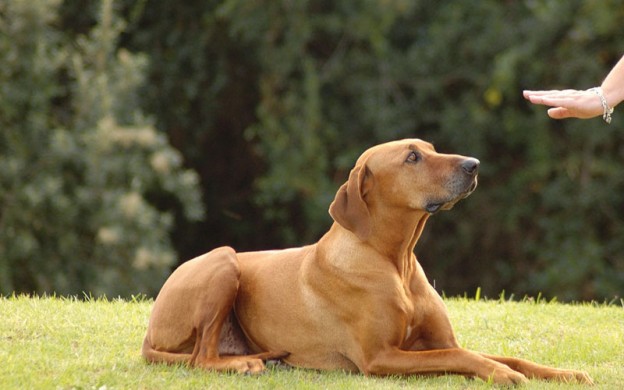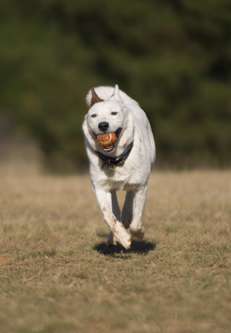
Karin Larsen Bridge explores why our dogs do the naughty things they do, whether the fact ‘if it feels good, dogs do it’ is true or not.
Dogs are intelligent, sentient creatures but, in most cases, they are not very complex. Even more than people, they appreciate the simple things in life food, drink, walks in the country, warm shelter and good companionship. So it surprises me when owners frequently complain that their dogs are being disobedient and unruly due to revenge, malice, spite or dominance.
The truth of the matter is that most dogs pull on lead, jump on furniture, chew up books, escape out the front door or pee in the house for two reasons
1. It feels good.
2. No one has taught them what else they might do to get the things they want. In other words, the dog is untrained.
A twist on nature vs nurture
Nature or years of evolution have taught your dog that if something feels good, do it. If following a scent trail leads to a rabbit that leads to a full stomach do it again. If urinating leads to a comfortable bladder do it again.
Unfortunately, along comes domestication and we don’t want our dogs to drag us around on the end of a lead in the hope of finding a rabbit. And a full bladder no longer means simply sitting and squatting, we instead expect our dog to indicate when they want to go out.
A lot of dog behaviours that nature once rewarded, such as chasing, running, jumping, chewing and digging are no longer desired in the urban pet dog. This is where nurture (training) plays a part. You need to teach your dog acceptable alternatives for the natural behaviours you no longer find desirable.
Academics have a more sophisticated way of saying if it feels good, do it. They say that behaviours that are reinforced (read rewarded) are likely to be repeated and, the more frequent the reinforcement, the stronger the behaviour will become. Like the law of gravity, this law of learning is always working you can either ignore it at your peril or learn to use it effectively to train your dog.
The laws of learning in real life training come when called
Lets look at a practical example. You understand you have to reward your dog for coming so, armed with a pocket full of dried liver, you call your dog at the off-leash park but he still doesn’t come. Why not?
There are three main reasons:
- Your rewards are not the only ones on offer at the park. The environment provides many rewards that are currently of much higher value to your dog running free, sniffing and playing with other dogs naturally feels good and outranks your liver treats hands down. The law of learning still applies its just that the environment has outplayed you.
- There is an insufficient reward history for coming to you in the park. Rewarding your dog makes a behaviour more likely to occur in the future, however, before a behaviour becomes a habit, it will need a long reinforcement history. Conversely, if your dog plays, sniffs or runs away while you call come you are building a reinforcement history for ignoring you the exact opposite of what you want. Your dog will need lots of repetitions that coming to you will lead not only to treats, but also to the continuation of play and exploration.
- You may not have thoroughly taught your dog the cue for come. Many people take their dogs to the park for the first time and then just chant their dogs name while the dog runs around. The name fades into insignificant white noise for them. Your dog needs to learn exactly what behaviour you expect when you say come before you actually do it in the park.
Solution?
The flip side of rewarding your dog for the things you like is taking away rewards for the things you don’t. Behaviourists call this extinction. If a behaviour is never rewarded it will eventually disappear. Again, this makes evolutionary sense as, in nature, there would be no point wasting hard earned calories on a behaviour that led to nothing.
In real-life terms, this usually means employing some type of management to prevent your dog from being rewarded for the wrong behaviour, such as a fence, doorway, lead or in this example, a long line. Holding the end, call your dog to you and reward him with praise and treats before allowing him to go play again. If your dog chooses to ignore you, stop all play, guide him in on the line, show him the treat he could have had then, keeping the lead short, turn your back on him for a few moments before allowing him to try again. Soon your dog will realise that if he comes first time he gets the treat and praise and play quickly continues. If he chooses to ignore you, play, praise and treats cease immediately.
For every problem you wish to solve you should ask yourself the same four questions:
- What is the reward that is maintaining the behaviour?
- How can I take that reward away?
- What desired behaviour do I want instead? Be precise, just wanting your dog to be good is not a behaviour.
- What rewards can I use to teach and maintain the alternate, new behaviour?
Using this system, consider the following examples:
- Rushing out the front door
- What reward is maintaining the behaviour? Dog gets to explore the neighbourhood, play with other dogs or chase a rabbit.
- How can I take away rewards? Try attaching a lead near the front door and securing your dog to it before you open the door.
- What is my desired behaviour? I would like my dog to sit by my side when the doorbell rings.
- What rewards can I use to train an alternate behaviour? Using high-value food treats, train your dog to sit by your side on lead. As a further reward, allow your dog to accompany you on a short excursion out the door (the original reward). With repetition, establish a reinforcement history and work towards removing the lead altogether.
Jumping up
- What reward is maintaining the behaviour? The dog is giving you a close up doggy greeting and getting your attention.
- How can I take away rewards? Ignore your dog when jumping. Stand still and look away.
- What is my desired behaviour? I would like my dog to sit to greet.
- What rewards can I use to train an alternate behaviour? High-value food treats to reward a sit, plus praise and attention (the original desired reward) when your dog is sitting.
Got the idea? Dogs, like most animals, do what feels good to them. If we want them to do things that are less natural for them, such as come instead of play or sit instead of jump, it is our job to teach and reward these alternative responses to make sure they feel good too! After all, if it feels good, dogs do it.
Visit Karin at www.getsmartdogs.com.au



